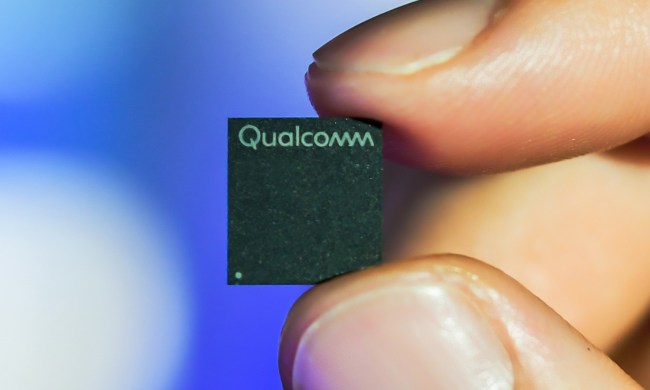
Youth-oriented, tech-savvy mobile operator Helio has announced its first flip phone in the form of the Helio Fin, manufactured for the company by Samsung. Helio says the Fin is the thinnest flip phone available in the United States, coming in just over 11mm thick; however, like other Helio offerings, the Fin still manages to pack a good selection of toys and services in a small package.
“Our last device was proof of what Helio is capable of, but we’re not resting on our laurels,” said Sky Dayton, CEO of Helio, referring to the Helio Ocean in a release. “Less than 90 days later, we’re launching one of the thinnest folders on the market. Fin is smart, fast and powerful but thin enough to slip into your pocket without a crease.”
The Fin features a blue-black magnesium body and sports a 3 megapixel digital camera, a 2.3-inch LCD display, stereo Bluetooth support, 100 MB of internal memory, and up to 4 GB of additional storage via microSD cards. Like other Helio devices, the Fin features integrated GPS capability, and with the Fin Helio is also introducing Garmin Mobile, letting users access voice-guided navigation plus check weather and driving conditions for an additional $2.99 a day. But some users won’t need to access Garmin Mobile, because Helio’s standard package of content and service offerings are fairly impressive, including tie-ins with Google Maps, YouTube 9with video uploading, Flikr, and MySpace. The Fin also works with Helio-exclusive services like Buddy Beacon, Helio on Top (H.O.T) RSS-based delivery, and an integrated inbox which combines email, instant messages, picture mail, and test messages. And, of course, the Fin can surf the Web.
The Fin is available now for $175 through a limited time offer on Helio’s Samsung devices: new Helio members buying a Fin or other Helio-branded Samsung phone get $50 off via a discount or a mail-in offer for a $50 Helio Visa prepaid debit card, depending on purchase location.


